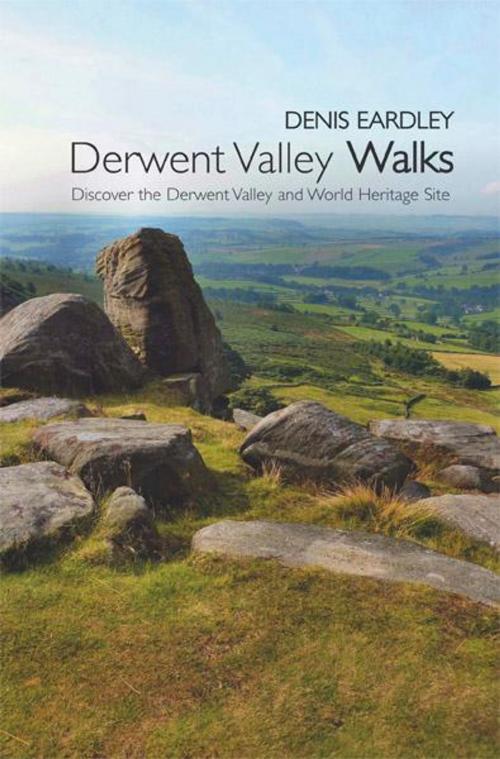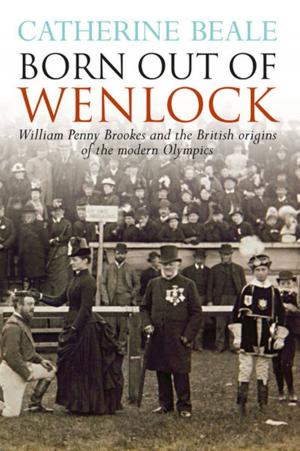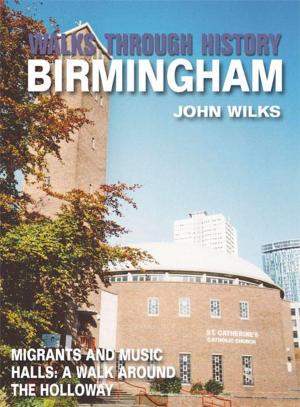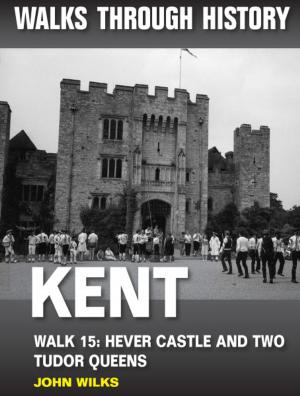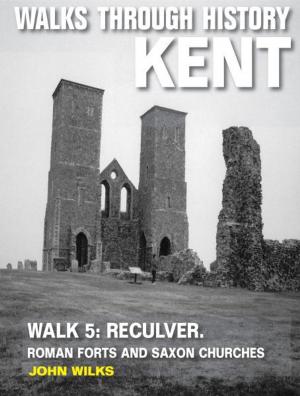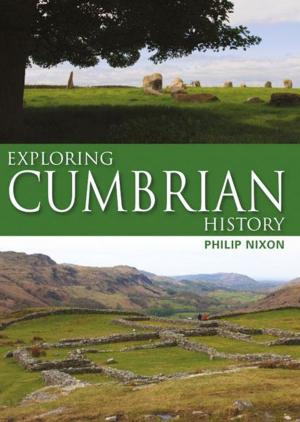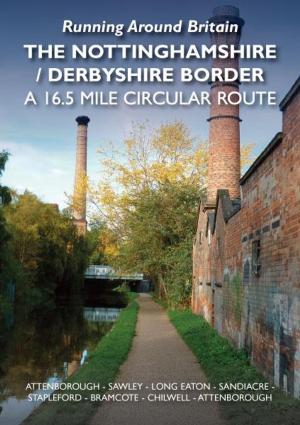| Author: | Denis Eardley | ISBN: | 9781781560693 |
| Publisher: | JMD Media | Publication: | January 27, 2012 |
| Imprint: | Language: | English |
| Author: | Denis Eardley |
| ISBN: | 9781781560693 |
| Publisher: | JMD Media |
| Publication: | January 27, 2012 |
| Imprint: | |
| Language: | English |
The Derwent Valley is one of this countrys finest assets, both from the point of view of its heritage and magnificent scenery. Although only about 60 miles in length, it fills mighty reservoirs near its source, and has been harnessed to power mills and, most importantly played an outstanding part in the Industrial Revolution. This was recognised in 2001, when the Derwent Valley was awarded World Heritage Status, the site running from Masson Mill at Matlock Bath to the former Derby Silk Mill, a distance of approximately 15 miles. It is the only World Heritage Site in the East Midlands. The river rises two thousand feet above sea level, amongst the rocks and peat of Swains Greave between Bleaklow and Howden Moors. Despite its modest length, it passes through a valley of contrasting landscapes. Wildly beautiful in the north, with majestic man-made dams and reservoirs, an area often referred to as the Peak National Parks own Lake District, the second most visited National Park in the World. Further south, as you enter Chatsworth Park, the terrain becomes much more soft and gentle, but no less beautiful. Later, the Derwent winds its way through the narrow gorge at Matlock, before flowing through attractive meadowland and the busy city of Derby on its way to a meeting with the River Trent, near Shardlow, one of the best-preserved inland canal ports in the country. The walks and features are designed to enable visitors to discover this unique and stunningly beautiful valley, both from the valley floor and high up on the surrounding hills and cliff tops. The walks are suitable both for the long distance walker as well as for those who just want a short walk, as they can be completed in short or long stages, dependent on time and choice. In total there are twenty linear walks, and ten circular walks. The latter can all be subdivided into two short walks, making fifty walks in all to provide hours of exploration and enjoyment. Suggested refreshment stops, suitable for both linear and circular walks have been listed. Also numerous places of interest, both in the Derwent Valley and a little further away, which if you have the time, you will find well worth the effort of visiting. Some are open all year, others on a more restricted basis.
The Derwent Valley is one of this countrys finest assets, both from the point of view of its heritage and magnificent scenery. Although only about 60 miles in length, it fills mighty reservoirs near its source, and has been harnessed to power mills and, most importantly played an outstanding part in the Industrial Revolution. This was recognised in 2001, when the Derwent Valley was awarded World Heritage Status, the site running from Masson Mill at Matlock Bath to the former Derby Silk Mill, a distance of approximately 15 miles. It is the only World Heritage Site in the East Midlands. The river rises two thousand feet above sea level, amongst the rocks and peat of Swains Greave between Bleaklow and Howden Moors. Despite its modest length, it passes through a valley of contrasting landscapes. Wildly beautiful in the north, with majestic man-made dams and reservoirs, an area often referred to as the Peak National Parks own Lake District, the second most visited National Park in the World. Further south, as you enter Chatsworth Park, the terrain becomes much more soft and gentle, but no less beautiful. Later, the Derwent winds its way through the narrow gorge at Matlock, before flowing through attractive meadowland and the busy city of Derby on its way to a meeting with the River Trent, near Shardlow, one of the best-preserved inland canal ports in the country. The walks and features are designed to enable visitors to discover this unique and stunningly beautiful valley, both from the valley floor and high up on the surrounding hills and cliff tops. The walks are suitable both for the long distance walker as well as for those who just want a short walk, as they can be completed in short or long stages, dependent on time and choice. In total there are twenty linear walks, and ten circular walks. The latter can all be subdivided into two short walks, making fifty walks in all to provide hours of exploration and enjoyment. Suggested refreshment stops, suitable for both linear and circular walks have been listed. Also numerous places of interest, both in the Derwent Valley and a little further away, which if you have the time, you will find well worth the effort of visiting. Some are open all year, others on a more restricted basis.
